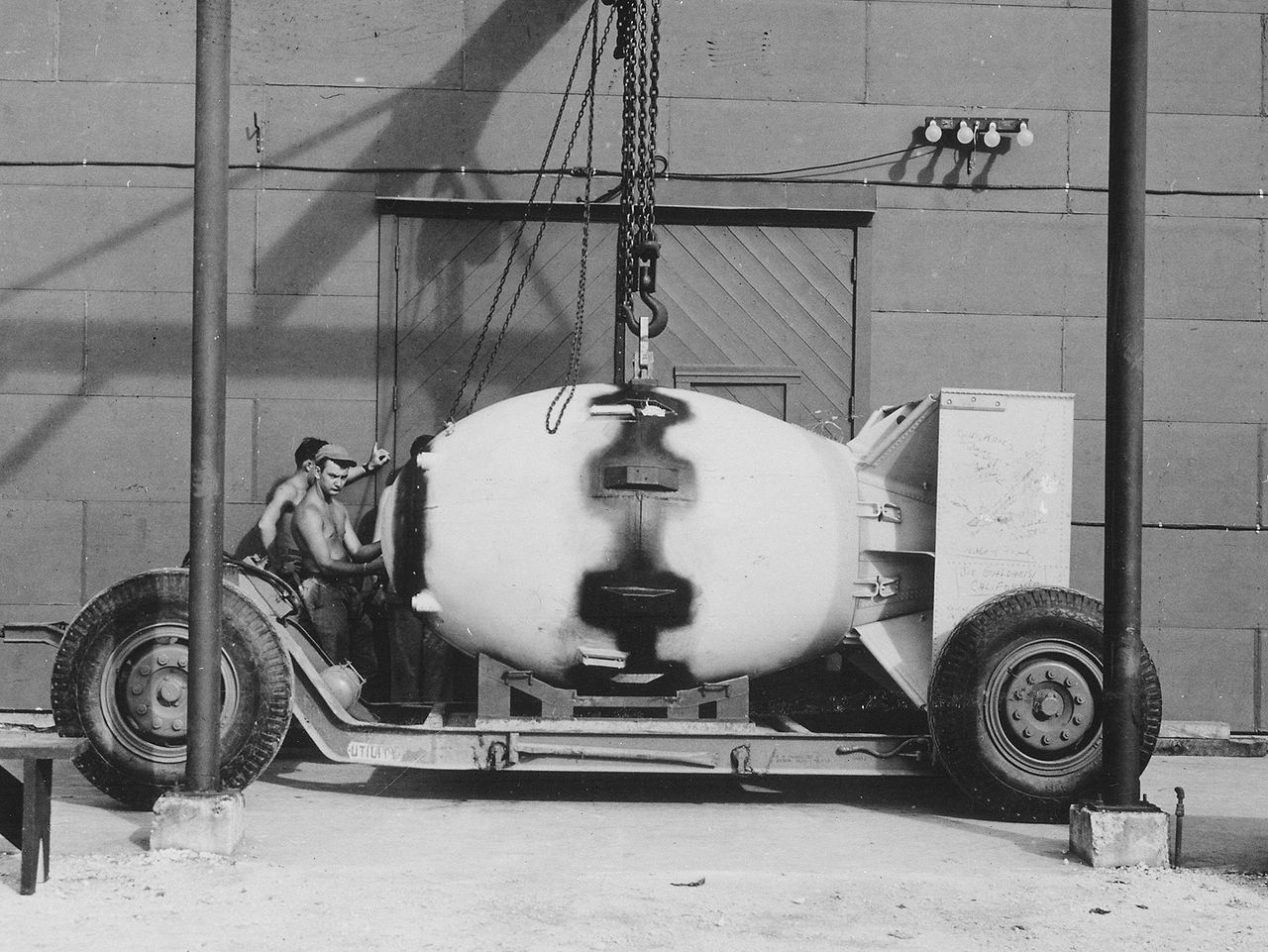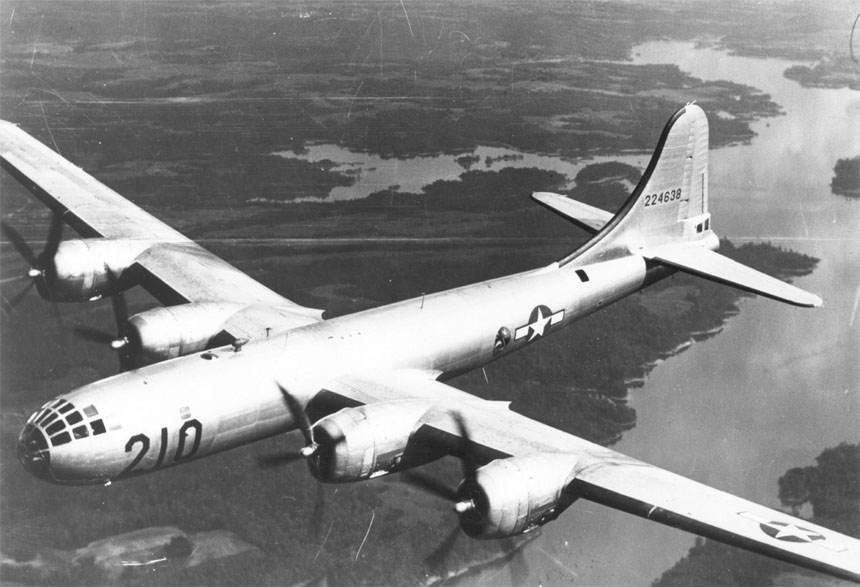The Bombing of Nagasaki and Plans for More
On August 6, 1945, the United States dropped a nuclear weapon on Hiroshima, Japan – the first time such a catastrophic weapon was ever used in conflict. Three days later the U.S. released another on Nagasaki, devastating the city and ushering in the nuclear age. Over the next few weeks, Global Zero will explore what led to the bomb’s development, the consequences of its use, and where we’ve come since those fateful days in August. This is the seventh post in our series “‘My God What Have We Done:’ The Legacy of Hiroshima and Nagasaki.”
Three days after the bombing of Hiroshima, Japan, the United States dropped another atomic bomb, nicknamed “Fat Man,” on the Japanese city of Nagasaki. There were also plans for a third bomb to be dropped on Japan; after the bombing of Nagasaki, Truman stepped in and explicitly stated that no more atomic bombs would be dropped without his direct approval.
In the early morning hours of August 9, a B-29 bomber headed toward the primary target of Kokura, Japan. However, smoke and haze clouded the target, so it was diverted to the secondary target, Nagasaki, chosen because of its importance as a key industrial center and major port. At 11:02 AM, the bomber dropped Fat Man on Nagasaki.

Authorization of Nagasaki bombing
After the July 25 directive authorizing the use of the atom bombs, no further authorization was needed for Fat Man to be detonated on Nagasaki. The order read in part:
“Additional bombs will be delivered on the above targets [Hiroshima, Kokura, Niigata and Nagasaki] as soon as made ready by the project staff. Further instructions will be issued concerning targets other than those listed above.”
The order was vague, authorizing bombings as soon as the bombs were ready without specifying the exact number of bombs authorized or when they were to be dropped. Thus, three days after the attack on Hiroshima, Fat Man was rushed into readiness.
The effects of “Fat Man”
Almost everything within half a mile of the blast was completely destroyed. Within a mile and a half, most homes were leveled. As far away as 10,000 feet from the blast, combustible materials such as paper immediately caught on fire. It is not entirely clear how many people were killed by the atomic attack — the death toll ranges anywhere from 40,000 to 90,000. According to the U.S. Department of Energy, “the number of deaths probably approached 70,000, with perhaps ultimately twice that number dead total within five years.” According to the Nagasaki Prefectural report “men and animals died almost instantaneously” within less than a mile of the blast.

Plans for a third bombing
Before the U.S. dropped the bomb on Hiroshima, some working on the Manhattan Project thought that two atomic bombs would not be enough to force Japan to surrender. In fact, there were plans to ready several more bombs for use on Japan through the end of October. Just after the Trinity Test, Major General Leslie R. Groves responded to J. Robert Oppenheimer’s idea of turning Little Boy into multiple atom bombs saying, “It is necessary to drop the first Little Boy and the first Fat Man and probably a second one in accordance with our original plan. It may be that as many as three of the latter in their best present condition may have to be dropped to conform with the planned strategic operations.” He thought the U.S. may need to use as many as four bombs.
According to a declassified memo, the third bomb was set to be detonated sometime after August 17 or 18. The target for this third bomb remains unknown. Preparations for a third bombing continued until September 2 when Japan signed a formal surrender.

The day after the bombing of Nagasaki, with the third bomb almost ready for use, Truman stepped in and said that no more atomic bombs would be dropped without his direct order. According to Commerce Secretary Henry Wallace, the thought of killing possibly another 100,000 people, including “all those kids,” was the reason Truman asserted direct control over further strikes. Today, in the United States, only the president is authorized to make the decision to launch a nuclear strike (more on presidential launch authority later in the series).
It is important to dive more into how the bombings of Hiroshima and Nagasaki ushered in this age of nuclear weapons; our next post will discuss the long-term consequences of the bombings of Hiroshima and Nagasaki.
U.S. Department of EnergyThe number of deaths [in Nagasaki] probably approached 70,000, with perhaps ultimately twice that number dead total within five years.